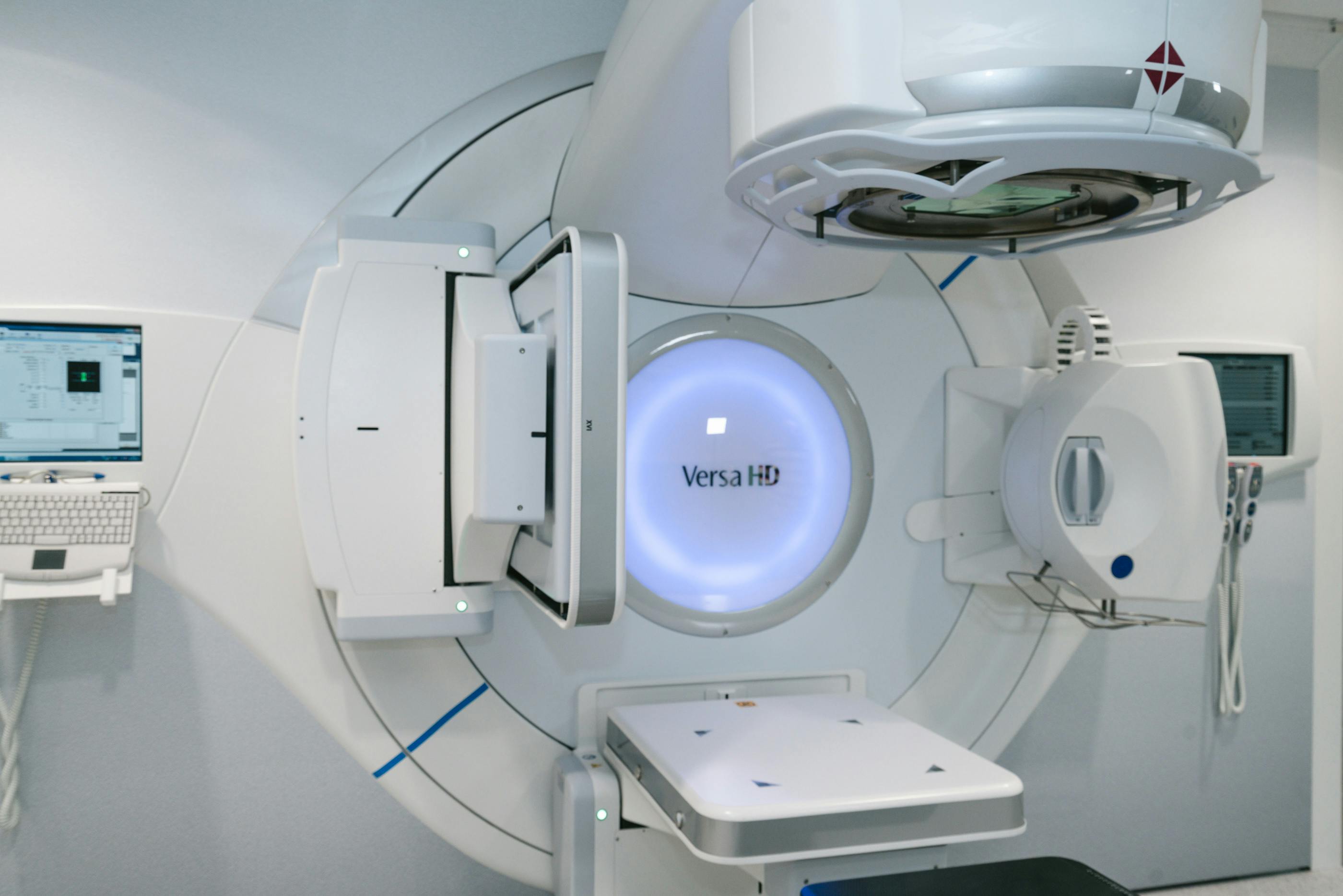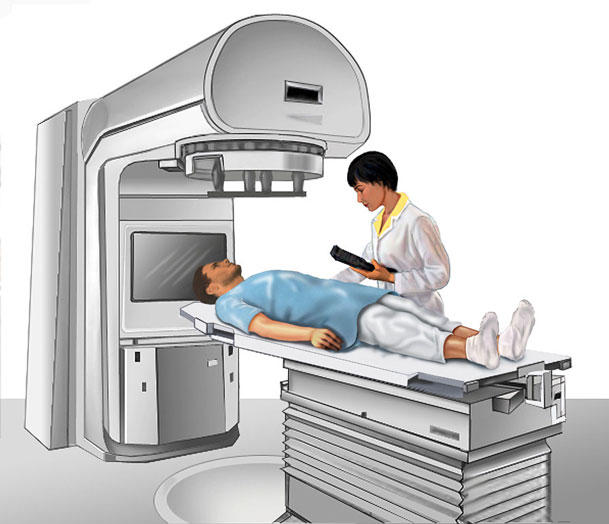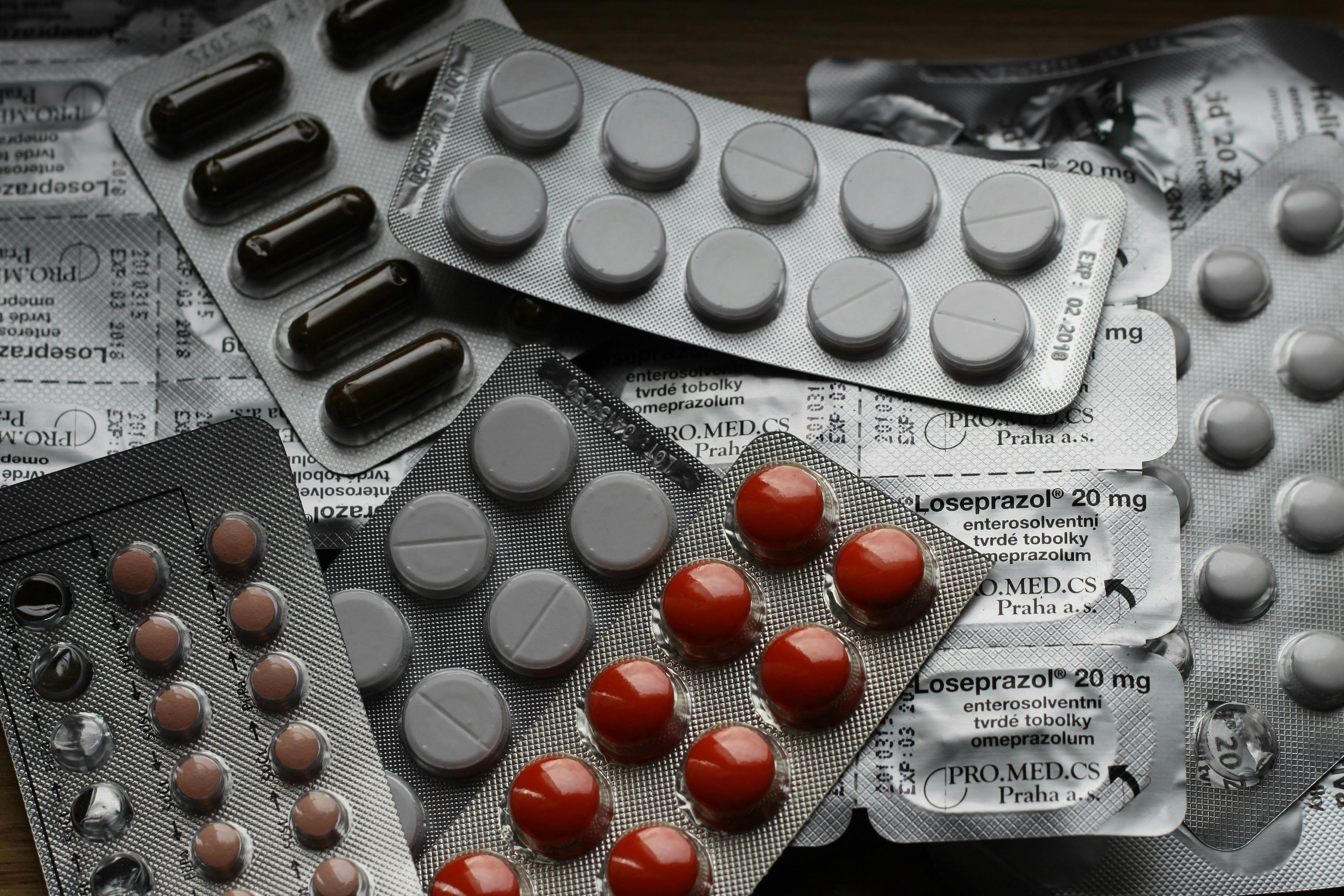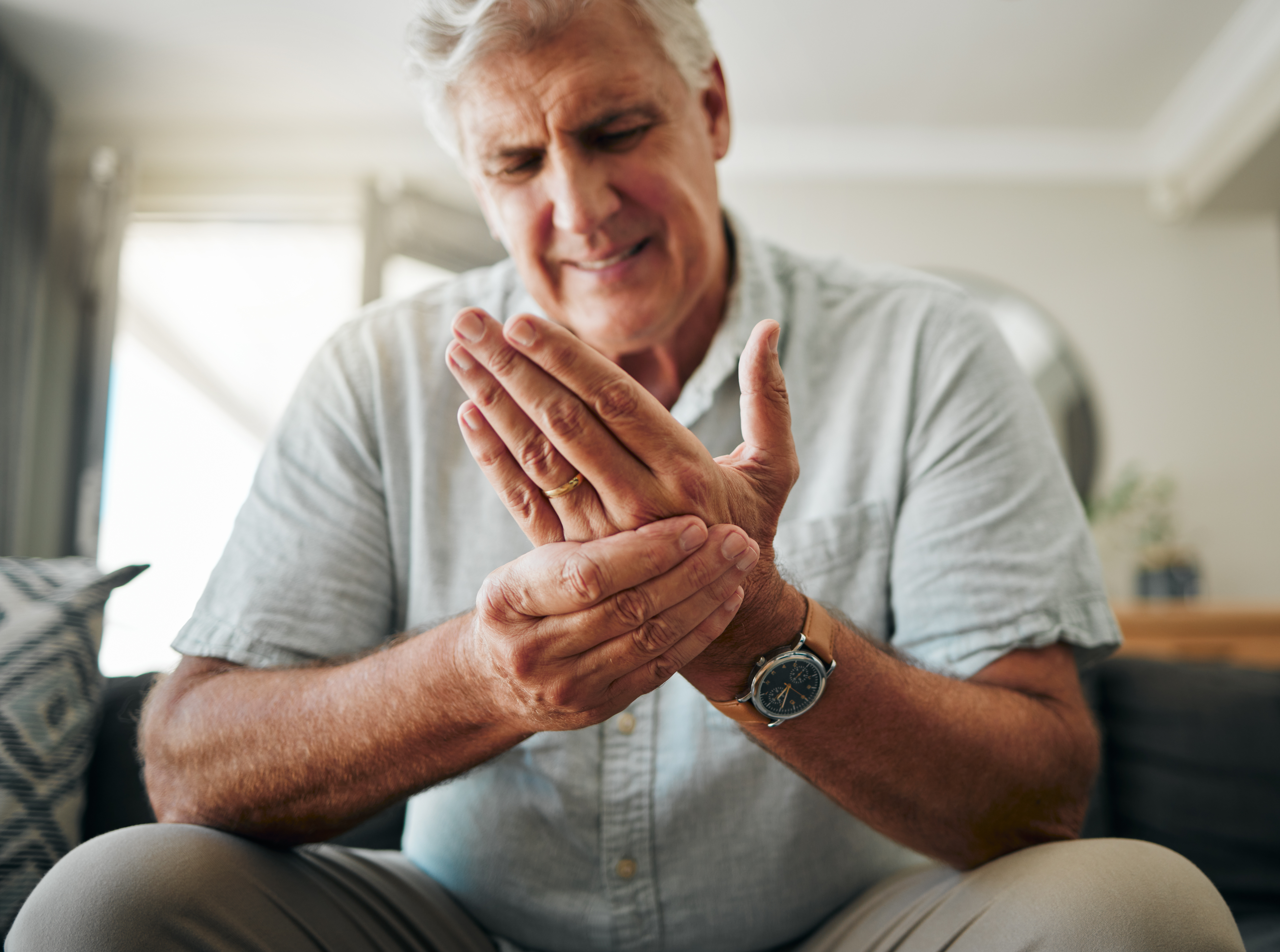How Low‑Dose Radiation Therapy Can Gently Ease Arthritis Pain
Arthritis, a chronic condition characterized by inflammation and pain in the joints, affects millions worldwide, often leading to a diminished quality of life. Traditional treatments, ranging from medication to physical therapy, sometimes fall short in providing comprehensive relief. Enter low-dose radiation therapy—a surprising and innovative approach that is gaining traction in the medical community. Unlike its high-dose counterpart used in cancer treatments, low-dose radiation is gentle and specifically tailored to alleviate arthritis pain. This article explores nine unexpected ways this therapy is redefining relief for arthritis sufferers, offering hope and new possibilities for improved well-being.
Understanding Low-Dose Radiation Therapy

Low-dose radiation therapy involves administering small amounts of ionizing radiation to affected joints. This method is distinct from the high doses used in cancer treatment, focusing instead on reducing inflammation and pain. The therapy works by modulating the immune response, thereby reducing the production of pro-inflammatory cytokines that exacerbate arthritis symptoms. It is a precise, controlled approach that targets specific areas, minimizing exposure and potential side effects. As research progresses, understanding the molecular mechanisms behind this therapy is crucial, paving the way for more refined and effective treatments for arthritis patients.
Historical Context and Medical Evolution

The use of radiation therapy for non-malignant diseases dates back to the early 20th century, but its application in arthritis treatment has only recently gained attention. Initially, the therapeutic potential of low-dose radiation was overshadowed by the risks associated with higher doses. However, advances in medical technology and a deeper understanding of radiation biology have prompted a reevaluation of its benefits. Historical data combined with modern clinical trials have demonstrated its efficacy in reducing joint pain and improving function, thus revitalizing interest in this underutilized treatment modality.
Mechanisms of Pain Relief

The primary mechanism by which low-dose radiation alleviates arthritis pain is through its anti-inflammatory effects. Radiation induces apoptosis in inflammatory cells, reducing the infiltration of these cells into the joint spaces. Additionally, it alters the release of growth factors and cytokines, shifting the balance from a pro-inflammatory to an anti-inflammatory state. This modulation of the immune response not only decreases pain but also promotes healing within the joints. Understanding these mechanisms is crucial for optimizing treatment protocols and maximizing patient outcomes.
Comparative Effectiveness with Traditional Therapies

When compared to traditional arthritis treatments such as NSAIDs or corticosteroids, low-dose radiation therapy offers distinct advantages. While medications can provide temporary relief, they often come with significant side effects, including gastrointestinal issues and increased infection risk. Radiation therapy, on the other hand, offers a non-invasive alternative with fewer systemic side effects. Clinical studies have shown that patients receiving radiation therapy report sustained pain relief and improved joint function, often with fewer treatment sessions required. This makes it an attractive option for those seeking long-term management of their symptoms.
Patient-Centric Approach and Customization

One of the key benefits of low-dose radiation therapy is its adaptability to individual patient needs. Treatment plans are highly personalized, taking into account the severity of arthritis, the specific joints affected, and the patient's overall health. This tailored approach ensures that each patient receives the optimal dose and frequency of therapy, maximizing benefits while minimizing risks. By focusing on the unique characteristics of each case, healthcare providers can deliver more effective and compassionate care, enhancing the overall patient experience.
Safety Profile and Risk Management

Safety is a paramount concern when considering any form of radiation therapy. However, low-dose treatments are designed to minimize risk while delivering therapeutic benefits. The doses used in arthritis therapy are significantly lower than those employed in cancer treatments, reducing the likelihood of adverse effects. Rigorous safety protocols and monitoring further ensure patient well-being. Continuous research and technological advancements are also contributing to improved safety profiles, making this therapy a viable option for a wider range of patients, including those with multiple comorbidities.
Enhancing Quality of Life

Beyond pain relief, low-dose radiation therapy has been shown to improve overall quality of life for arthritis sufferers. By reducing pain and swelling, patients experience increased mobility and a greater ability to perform daily activities. This improvement in function translates to enhanced independence and a more active lifestyle, which can have positive effects on mental health and social engagement. Patients often report feeling more empowered and optimistic about their condition, highlighting the broader impact of this innovative treatment on their lives.
Future Directions and Research Opportunities

As the medical community continues to explore the potential of low-dose radiation therapy, research is focusing on optimizing treatment protocols and expanding its applicability. Ongoing studies are investigating the long-term effects of the therapy, potential synergies with other treatments, and its efficacy in different types of arthritis. Advances in imaging and radiation delivery technologies are also expected to enhance precision and outcomes. These research efforts are crucial for establishing low-dose radiation therapy as a standard treatment option in arthritis care.
Integrating Low-Dose Radiation into Holistic Care

The integration of low-dose radiation therapy into a holistic treatment plan can offer comprehensive benefits for arthritis patients. By combining this therapy with physical therapy, dietary changes, and other complementary treatments, healthcare providers can address the multifaceted nature of arthritis. This integrative approach not only targets the physical symptoms but also supports mental and emotional well-being. Such a comprehensive care model ensures that patients receive the most effective and compassionate treatment, ultimately leading to better health outcomes and improved quality of life.
Low-dose radiation therapy is emerging as a powerful tool in the fight against arthritis. Its ability to provide targeted, effective relief with minimal side effects makes it a promising option for many patients. As research continues to illuminate its benefits and applications, this therapy holds the potential to transform arthritis care and offer new hope to those living with this challenging condition.